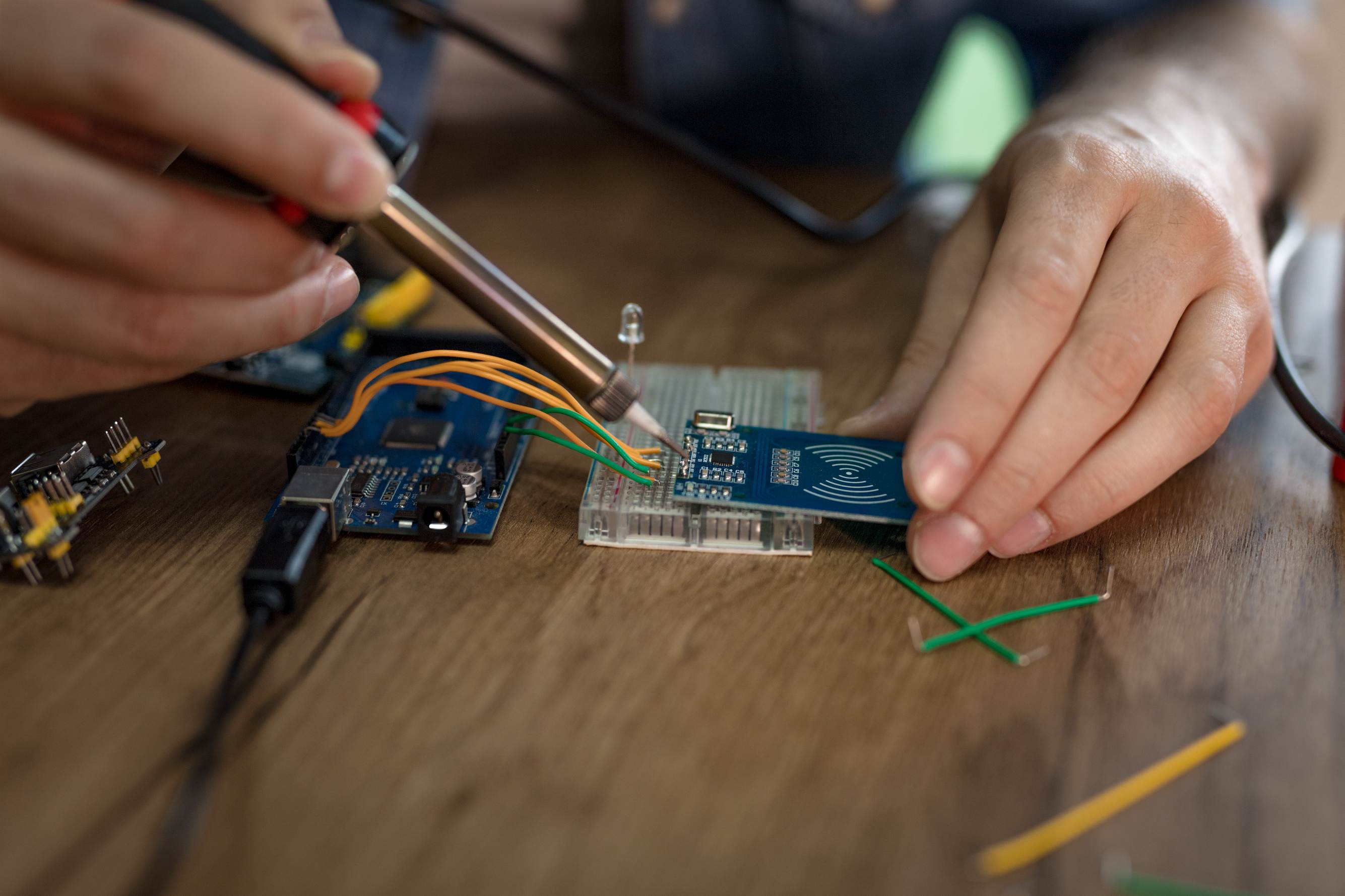




























The electrical performance of a PCB is the foundation for its function realization and reliability. The performance requirements vary significantly across different application scenarios (such as consumer electronics, automotive electronics, and high-frequency communication).

| Project Background
The electrical performance of a PCB is the foundation for its function realization and reliability. The performance requirements vary significantly across different application scenarios (such as consumer electronics, automotive electronics, and high-frequency communication). Through reasonable material selection, design optimization, and process control, combined with standardized testing, the electrical performance of the PCB can be ensured to meet the requirements for the long-term stable operation of the equipment.
| Project Overview
The electrical performance test of a PCB (Printed Circuit Board) is to verify whether its performance in terms of conductivity, insulation, signal transmission, etc., meets the design requirements and the needs of the application scenario through a series of standardized tests. It is a crucial step in ensuring the reliability of electronic equipment.
| Test Objective
1. Verify performance compliance: Ensure that parameters such as the conductivity, insulation, and impedance of the PCB meet the design specifications (for example, the dielectric constant of a high-frequency PCB should be ≤3.0).
2. Detect potential defects: Discover hidden problems in the manufacturing process through testing (such as excessive resistance caused by poor copper plating in vias and insulation failure caused by insufficient line spacing).
3. Evaluate environmental adaptability: Simulate working conditions such as high temperature and high humidity to verify the stability of the PCB's electrical performance in extreme environments (for example, automotive PCBs need to withstand temperature fluctuations from -40°C to 125°C).
| Testing Standards
The electrical performance test of a PCB should follow internationally recognized standards to ensure the consistency and authority of the results. The main standards include:
IPC standards: Such as IPC-TM-650 (Test Methods Manual, covering test procedures for resistance, dielectric properties, etc.) and IPC-2221 (Design Specification, including current-carrying capacity calculation).
IEC standards: Such as IEC 61189 (Test Methods for Electronic Components, involving high-frequency performance testing).
Industry-specific standards: Such as AEC-Q200 for automotive electronics (Reliability Standard for Passive Components, including PCB-related tests).
| Service Products / Fields
1. Consumer electronics: The PCBs of mobile phones and computers need to be tested for impedance matching (to ensure high-speed signal transmission) and insulation resistance (to prevent short circuits).
2. Communication equipment: The high-frequency PCBs of 5G base stations and routers need to be strictly tested for Dk, Df and impedance control accuracy.
3. Automotive electronics: The on-board PCBs need to pass the insulation and conductivity performance tests under high temperature and high humidity to ensure driving safety.
4. Aerospace: The PCBs of spacecraft need to verify the electrical performance stability under extreme temperatures (-55°C to 125°C) to avoid in-orbit failures.
| Project Advantages
1. MTT has three sets of insulation resistance testing systems (IPC-650S-1K5, IPC-650S, TI-SIR-256-5-4), with a total of 256 + 256 + 256 = 768CH. It can automatically collect insulation resistance test data. Among them, the maximum test voltage of the IPC-650S-1K5 can reach 1KV, and the measurement range can reach 10⁶-10¹⁴ Ω.
2. Kikusui TOS9301:
2.1 Withstand voltage test parameters
2.1.1 Voltage range: AC 0.050 kV to 5.000 kV, transformer capacity is 500 VA; DC 0.050 kV to 7.200 kV, maximum power is 100 W.
2.1.2 Maximum rated current: AC 100 mA, DC 20 mA. This parameter determines the maximum current that the equipment can output to the tested sample during the withstand voltage test to detect the electrical insulation performance of the sample under high voltage and large current.
2.2 Insulation resistance test parameters
2.2.1 Test voltage: For the negative pole, it ranges from -25V to -1000V; for the positive pole, it ranges from +50V to +7200V.
| MTT Advantages
1. Professional Team: A team of highly experienced testing engineers and technical experts.
2. Advanced Equipment: Equipped with internationally leading testing instruments to ensure accuracy and reliability of results.
3. Efficient Service: Rapidly respond to customer needs and provide one-stop, high-efficiency inspection services.
4. Authoritative Certification: The laboratory is certified by ISO/IEC 17025, ensuring that test reports have international credibility.